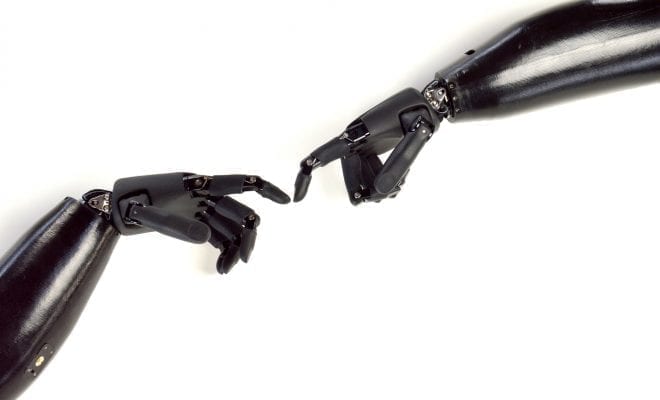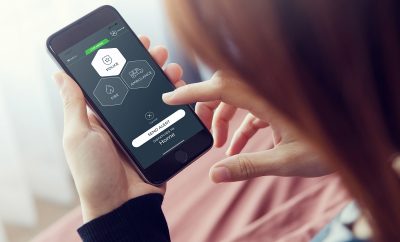
News
Prosthetic Arm Allows Patients To Feel Touch Again
Whether you were born without a limb or lost it later in life, everyday functions are extremely difficult to carry out. Living without a limb has severe physical and psychological effects. While prosthetics have enabled amputees to regain much of their mobility, one of the more elusive functions is regaining the feeling of touch. But now, scientists at the University of Utah say they’ve created a technology that can return the sensation of touch to amputees using prosthetics.
Working in collaboration with several other institutions, the research led by biomedical engineer and neuroscientist Gregory Clark developed an interface between a prosthetic hand and the user’s remaining sensory and motor nerves in their arms. These nerves are powered by the wearer’s own thoughts, allowing the device to operate.
This process happens through the surgical implantation of hundreds of electrodes directly next to the nerve fibers. These electrodes are capable of collecting stimulus from nerve fibers, which are then sent to the prosthesis and nervous system.
In the results from the team’s projects published in Science Robotics, it details amputee Kevin Walmagott’s experience with the prosthetic arm. Upon attaching the device and the team turning it on, Walmagott referred to the experience as “stunning.”
Not only was he able to feel things, but he was also able to distinguish between touching something soft or hard. This sensitivity to touch allowed him to perform mobility exercises that are incredibly complex for someone wearing a prosthetic arm. He was asked by Clark if he wanted to do anything else at the end of the session, to which he replied: “I want to clasp my hands together.” Walmagott did so, and for the first time in 15 years, he was able to simply feel the touch of both of his hands clasped together.
This marks a massive improvement in a technology that can really change peoples lives in the long run. Going forward, Clark and his team hope to create a portable version of the prosthesis, so people may be able to use it at home. Eventually, they would ideally transition to a completely wireless model. They plan to start at-home trials within the next few months.





0 comments